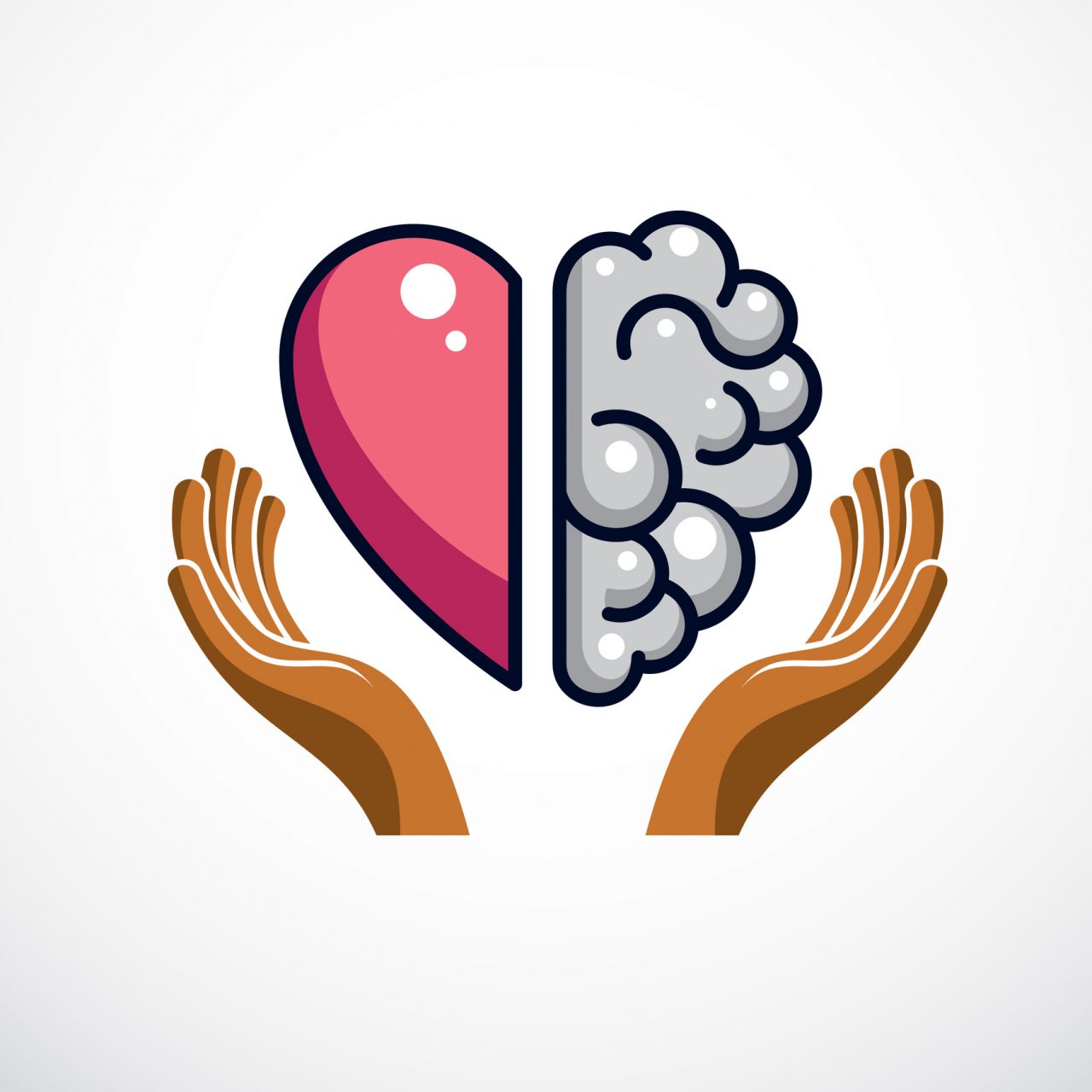What are rhetorical skills?
Have you ever heard of the person that was able to sell sand in the Sahara desert? Or the one who could sell ice in the North Pole? Norway has access to some of the world's cleanest tap water, and still Norwegians buy millions of liters of bottled water every year. Why are Norwegians convinced that this is a good idea?


The art of persuasion
People try to convince each other of different things all the time. We do that by using language. Not just what we say is important but also how we say it. This is called rhetoric.
Everyone can be good at rhetoric; you just need to follow a few steps.

What is rhetoric?
The word rhetoric means “speech art” in the Greek language where the term started. Now we think of rhetoric as a way of convincing others. The philosopher Aristotle wrote about rhetoric. He meant that you need to define the case before deciding your opinion. Aristotle divided rhetoric into five different parts.


Styles of persuasion
There are three methods when using rhetoric: ethos, pathos, and logos. They are different tools to convince the audience in different ways. Perhaps you have learned about them in Norwegian class?


Ethos – being believable
Experts often seem very believable because they talk about what they know. Another way to seem believable is by using strong sources. Ethos is important to everyone who tries to convince people.


This ad is a good example of the use of ethos.

Pathos – speaking to the heart
Pathos brings out an emotional response from your audience and makes them feel as you want to. This is important for army generals who have to send soldiers to war, organizations collecting money, and politicians campaigning for more votes.


This ad is a good example of pathos at work.

Logos – aha, that’s logical!
In logos, you speak/write to people’s logic. Your arguments must be logical and believable. Statistics and research results will be helpful here. Logos is important to researchers wanting to present new findings, organizations needing to raise money, and politicians campaigning for more votes.


We can all find time for an organic breakfast in a bottle, right?



Where do you meet rhetoric today?
You definitely meet rhetoric in political speeches. Politicians must use ethos, pathos and logos to make you vote for them, so that they win the election.

Sources:
- Svendsen, Lars Fredrik Händler; Grue, Jan: retorikk i Store norske leksikon på snl.no.
Hentet 7. oktober 2020 fra https://snl.no/retorikk
- Kidcourses (07.10.2020): Aristotle & Rhetoric
https://kidcourses.com/aristotle-rhetoric/
- Literary terms (07.10.2020): Rhetoric
https://literaryterms.net/rhetoric/
- Forskning.no (07.10.2020): Rhetoric
https://forskning.no/skole-og-utdanning-sprak-universitetet-i-oslo/derfor-bor-elever-mestre-retorikk/350768
Media Rights:
-
-
Getty Images
-
Getty Images
-
Getty Images
-
Getty Images
-
Getty Images / Brad Reid – YouTube
-
Getty Images / bo0fhead – YouTube
-
Getty Images / Apple – YouTube
-
Getty Images
-
Getty Images
-
European Parliament (CC BY 2.0)
-

